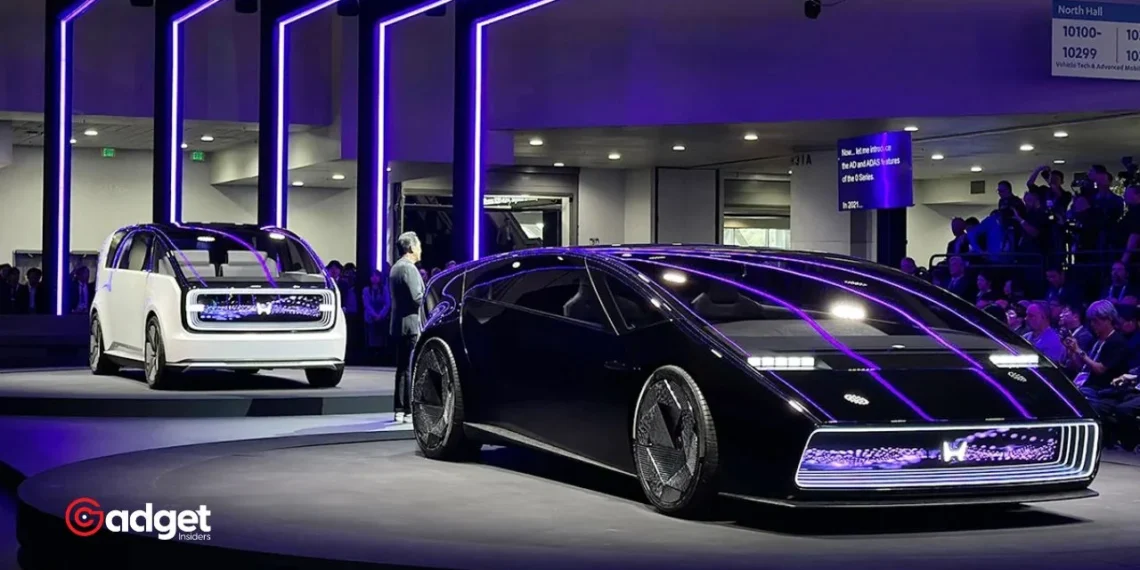As the automotive industry accelerates towards a more sustainable future, Honda is not standing by idly. The renowned automaker has unveiled plans to launch an all-new electric vehicle (EV) sedan that promises to rival the likes of Tesla Model 3 and the BYD Seal.
This move is part of a broader strategy to introduce seven groundbreaking EVs by 2030, marking a significant pivot towards electrification for the Japanese giant.
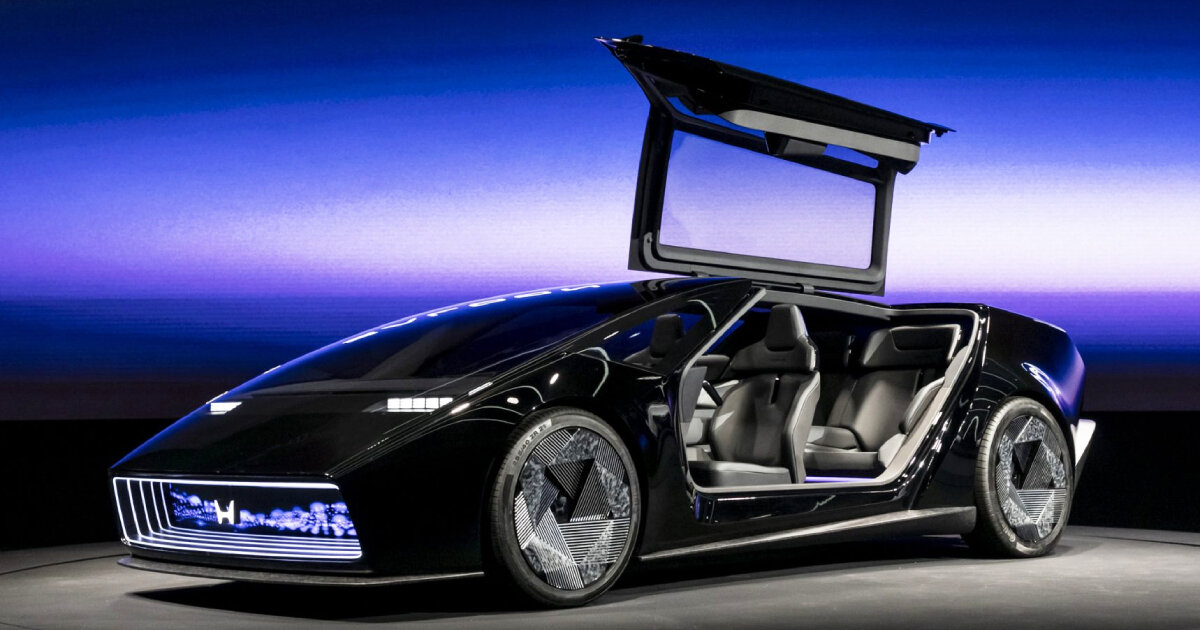
A Closer Look at Honda’s Electrifying Strategy
Upcoming EV sedan is a centerpiece of the company’s ambitious electric roadmap. Dubbed as part of the “0 Series,” this new line-up is engineered to blend aerodynamics, reduced weight, and enhanced driving pleasure—a trifecta aimed at redefining the EV experience.
Innovative Design and Engineering
The 0 Series will showcase Honda’s commitment to innovation with a focus on minimizing the number of components. This approach not only simplifies manufacturing but also enhances reliability.
A standout feature in the construction of these vehicles is the use of lightweight aluminum chassis structures. Inspired by techniques pioneered by Tesla with their Model Y, Company plans to adopt die-casting methods that promise to cut both weight and production costs significantly.
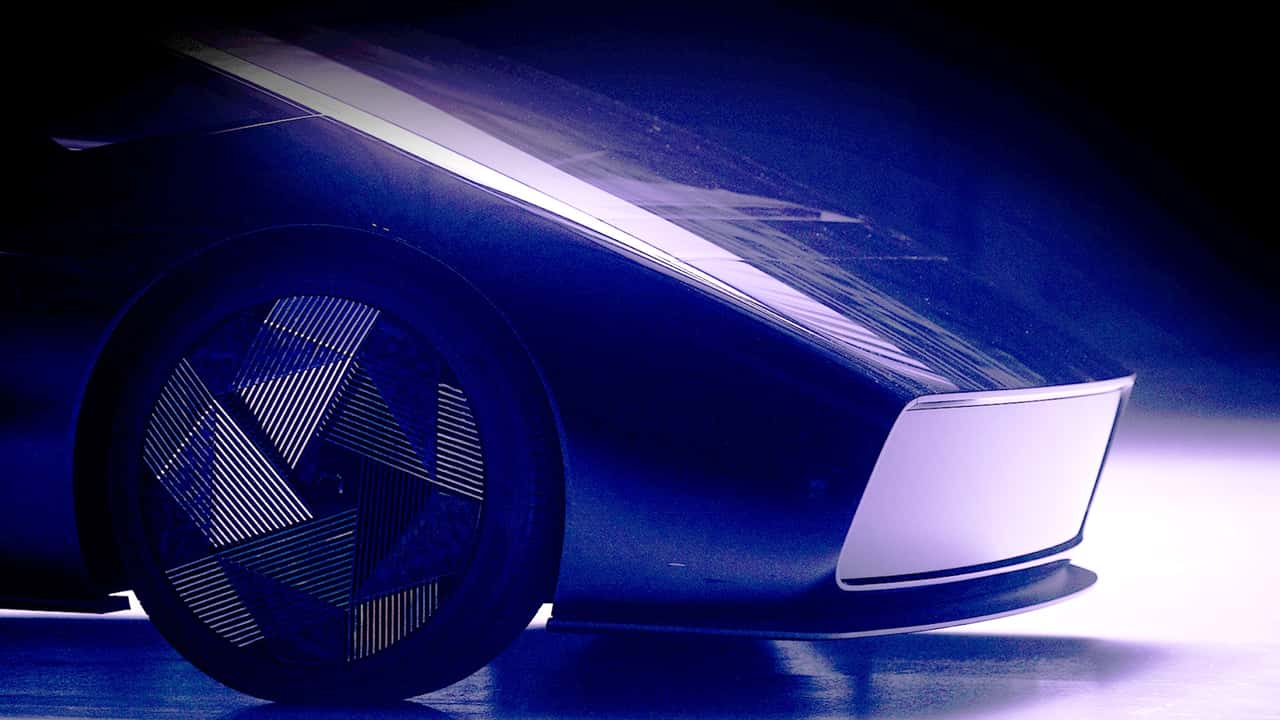
Power and Performance
Performance is paramount in Honda’s vision for its EVs. The forthcoming models will feature all-wheel drive, equipped with two ‘e-axles’ that integrate a motor, inverter, and gearbox into a single compact unit.
This design is expected to achieve a notable reduction in weight—approximately 100kg lighter compared to current EVs. Such advancements underscore Honda’s dedication to enhancing the efficiency and joy of driving.
Focus on Sustainability and Efficiency
With a target range of over 480km on the EPA test cycle, which mirrors real-world driving conditions more closely than the European WLTP standard, Honda is setting a high bar for its EVs. The firm is also eyeing a 5 percent return on sales from these models, an ambitious goal considering the current financial strains many automakers face with their electric fleets.
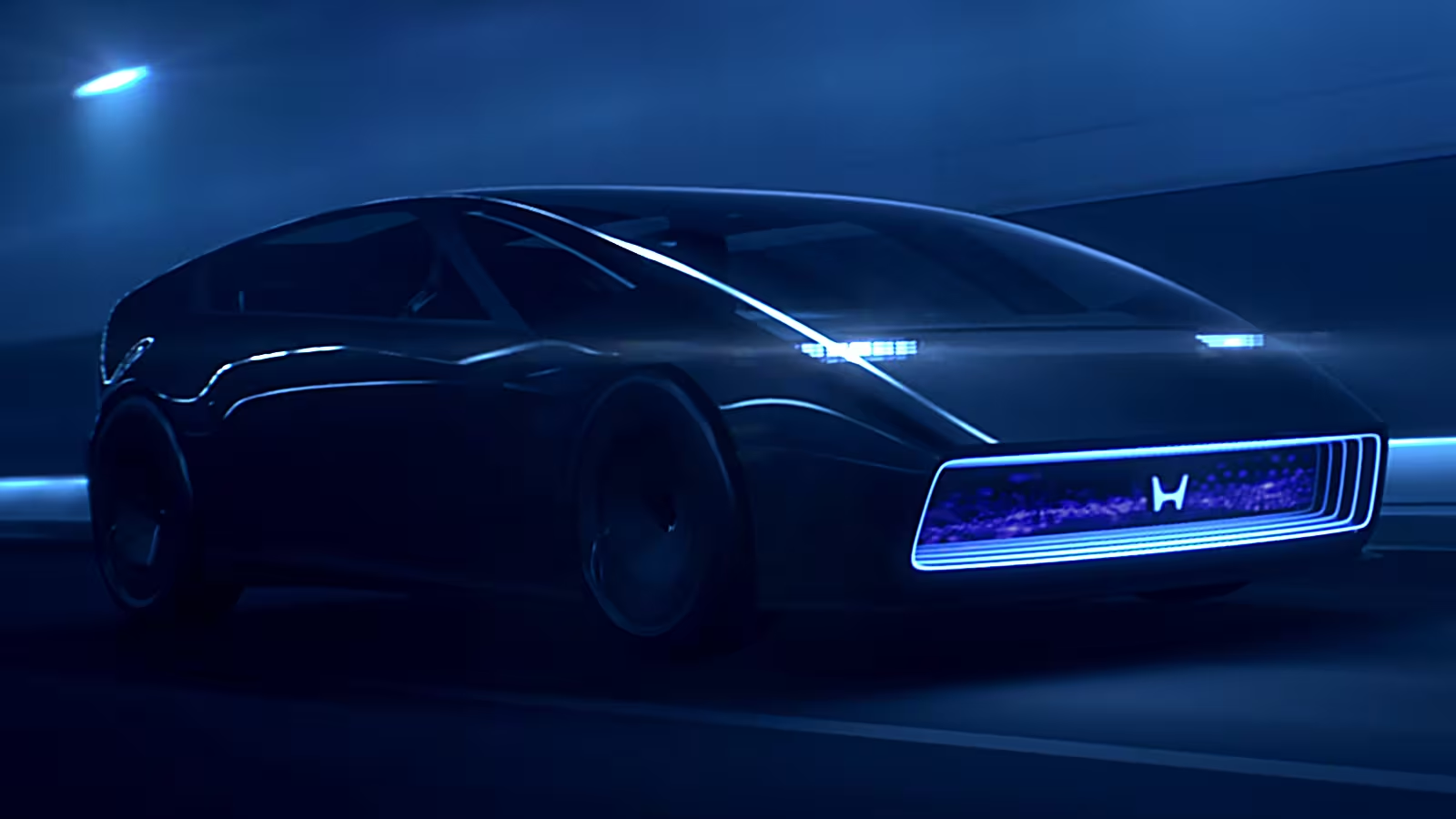
Expanding Capabilities and Cutting Costs
Beyond design and performance, Honda is deeply invested in the operational aspects of its EV strategy. The company plans to start producing batteries in-house as part of a joint venture with Korea’s LG, which is set to commence in 2025 in the United States with a capacity of 40GWh per year. This move is anticipated to substantially reduce costs and enhance the sustainability of the supply chain.
A Vision for the Future
Instead of reducing battery size, we want to think about battery technology, said Honda CEO Toshihiro Mibe, highlighting the strategic focus on innovation. Furthermore, the company is exploring battery recycling and raw material procurement strategies to slash battery costs by up to 20 percent by 2030.
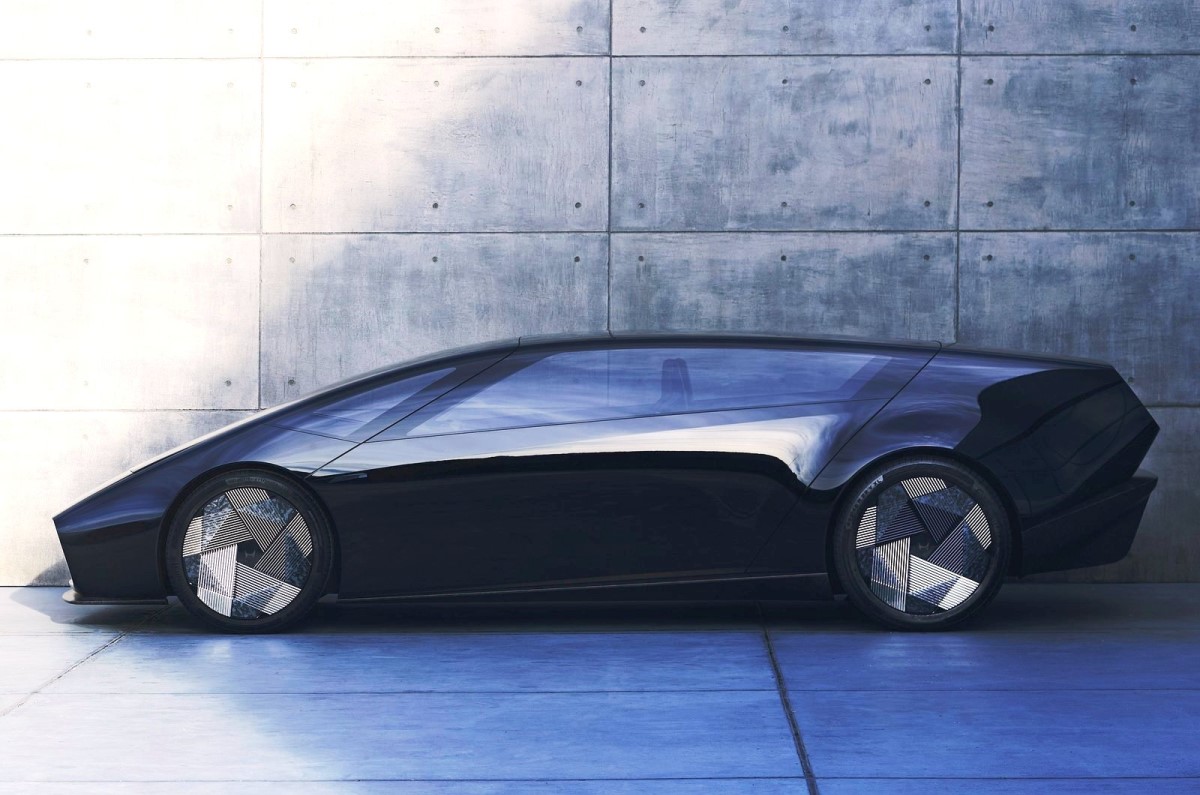
Preparing for a Global Impact
Honda’s global ambitions are matched by its regional initiatives, such as the ACE (Asian compact electric) project, which includes vehicles like the made-in-India Elevate-based e-SUV. These models are designed not only for domestic markets but also for export, demonstrating Honda’s comprehensive approach to electrification.
As company gears up to redefine the automotive landscape with its 0 Series EVs, the industry watches eagerly. With its innovative strategies and bold targets, company is not just adapting to the new era of mobility but is striving to lead it. As these plans unfold, the promise of an electrifying future becomes clearer, with Honda at the forefront of this transformative journey.

